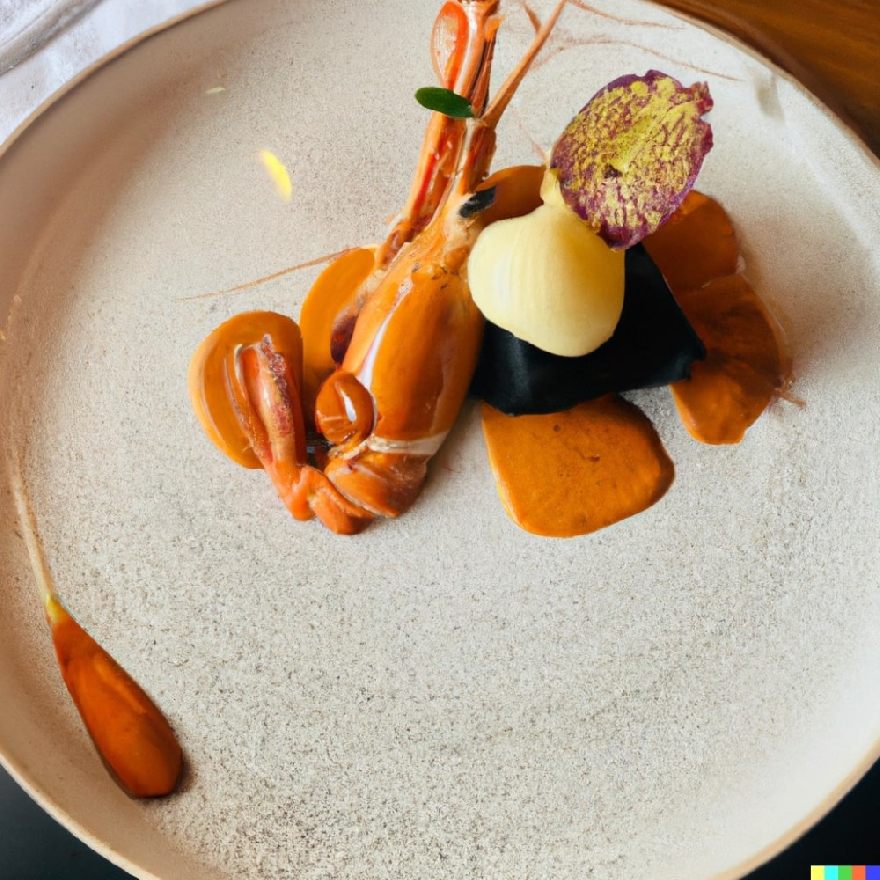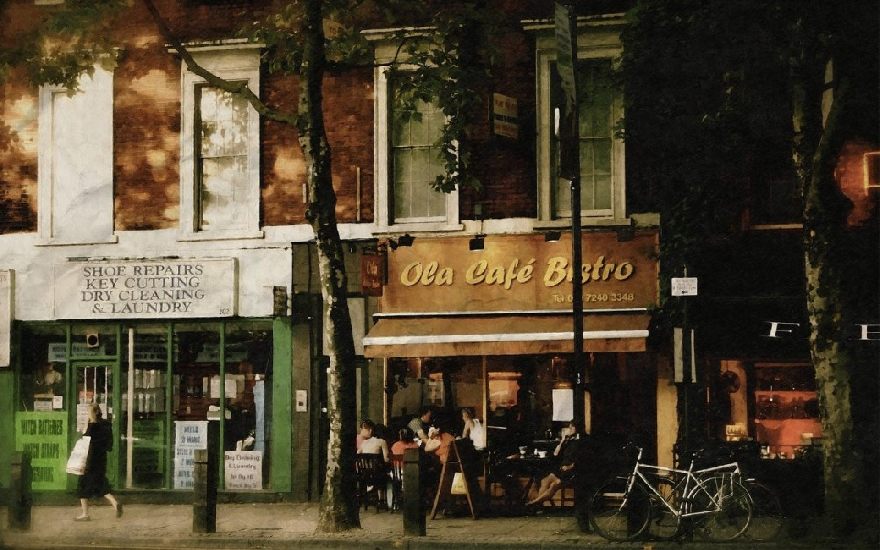Mediterranean food then and now.
The Mediterranean diet is a dietary pattern that is characterized by a high intake of plant-based foods, such as fruits, vegetables, whole grains, legumes, and nuts, as well as a moderate intake of seafood and a low intake of red meat and processed meats. It also includes the use of olive oil as a primary source of fat and the use of herbs and spices, such as garlic, basil, and oregano, to flavor dishes.
The Mediterranean diet is rich in nutrients, including fiber, antioxidants, and healthy fats, and has been linked to a number of health benefits, including a lower risk of heart disease, stroke, and certain types of cancer.
Typical dishes in the Mediterranean diet may include:
- Grilled or roasted vegetables, such as zucchini, bell peppers, eggplant, and tomatoes
- Fresh salads made with a variety of greens and topped with olives, feta cheese, and a vinaigrette dressing
- Soups and stews made with beans, lentils, and vegetables, and often flavored with herbs and spices
- Grilled or baked fish or seafood, such as salmon, cod, or shrimp
- Whole grain breads and pastas, as well as rice and couscous
- Fruits, such as apples, pears, plums, and oranges, either eaten fresh or used in desserts
- Nuts and seeds, such as almonds, pistachios, and sunflower seeds, as a snack or added to dishes for texture and flavor.
The Mediterranean diet is a flexible dietary pattern that can be adapted to a wide range of cultural and individual preferences. It is also a diet that can be easily incorporated into a healthy and balanced lifestyle.
The history of Mediterranean food around 1000 BC.
The Mediterranean region has a rich and diverse culinary history that has been shaped by the various cultures that have inhabited the area over the centuries. Around 1000 BC, the ancient civilizations of the Mediterranean, such as the Greeks, Romans, and Egyptians, were already well-established and had developed their own unique cuisines.
In ancient Greece, the diet was centered around grains, vegetables, and legumes, with a heavy reliance on olive oil as a cooking fat. Meat, especially pork and goat, was also an important part of the Greek diet, and fish was commonly consumed along the coast. The ancient Romans also had a varied diet that included grains, vegetables, and meats, such as pork, beef, and chicken. They also had a taste for sweet treats, and honey was a common sweetener in Roman cooking.
In ancient Egypt, the main staples of the diet were bread and beer, made from grains such as barley and emmer wheat. Vegetables, including onions, garlic, leeks, and beans, were also widely consumed, and fish was an important source of protein in the diet.
Overall, the Mediterranean diet of 1000 BC was centered around grains, vegetables, and legumes, with a variety of meats and fish also being consumed. It was also heavily influenced by the use of olive oil as a cooking fat, and the use of herbs and spices such as coriander, cumin, and garlic to flavor dishes.
The history of Mediterranean food around the year 1000.
Around the year 1000, the Mediterranean region was home to a variety of cultures, each with their own distinct culinary traditions. The Byzantines, who ruled much of the region at the time, had a diet that was influenced by the Greek and Roman cuisines that came before them. They ate a variety of grains, including wheat, barley, and oats, as well as vegetables such as beans, peas, and lentils. Meat, including lamb, mutton, and poultry, was also an important part of the Byzantine diet, as was fish, which was abundant in the Mediterranean Sea.
In addition to the Byzantines, the region was also home to other cultures, such as the Arabs and the Normans, who had their own unique culinary traditions. The Arab diet was heavily influenced by the use of spices, such as cumin, coriander, and cinnamon, and featured a variety of dishes made with grains, vegetables, and meats. The Normans, who had recently arrived in the region from northern Europe, brought with them a cuisine that was based on the use of dairy products, such as cheese and butter, and featured dishes such as roasted meats and stews.
Overall, the Mediterranean diet around the year 1000 was characterized by a variety of grains, vegetables, and meats, with a strong emphasis on the use of herbs and spices to flavor dishes. It was also shaped by the region's abundant seafood, which was an important source of protein for many people living in the Mediterranean.

The history of Mediterranean food around the year 1900.
By the year 1900, the Mediterranean region had a rich and diverse culinary history that had been influenced by a variety of cultures over the centuries. The diet of the Mediterranean people in 1900 was still largely centered around grains, vegetables, and legumes, with a variety of meats and fish also being consumed. However, the cuisine had evolved to include a wider range of ingredients and dishes, influenced by the various cultures that had inhabited the region throughout its history.
In the early 20th century, the Mediterranean diet was heavily influenced by the agricultural practices of the region, which were characterized by the use of local, seasonal ingredients. The diet was also shaped by the availability of seafood, as the Mediterranean Sea was an important source of protein for many people living in the region.
During this time, the Mediterranean diet also began to incorporate more dairy products, such as cheese and yogurt, as well as a wider variety of fruits and vegetables. Spices and herbs, including garlic, basil, and oregano, were commonly used to flavor dishes, and olive oil remained a popular cooking fat.
Overall, the Mediterranean diet around the year 1900 was characterized by a variety of grains, vegetables, and meats, with a strong emphasis on the use of local, seasonal ingredients and the incorporation of herbs and spices to flavor dishes. It was also shaped by the region's abundant seafood and the increasing use of dairy products in the diet.































